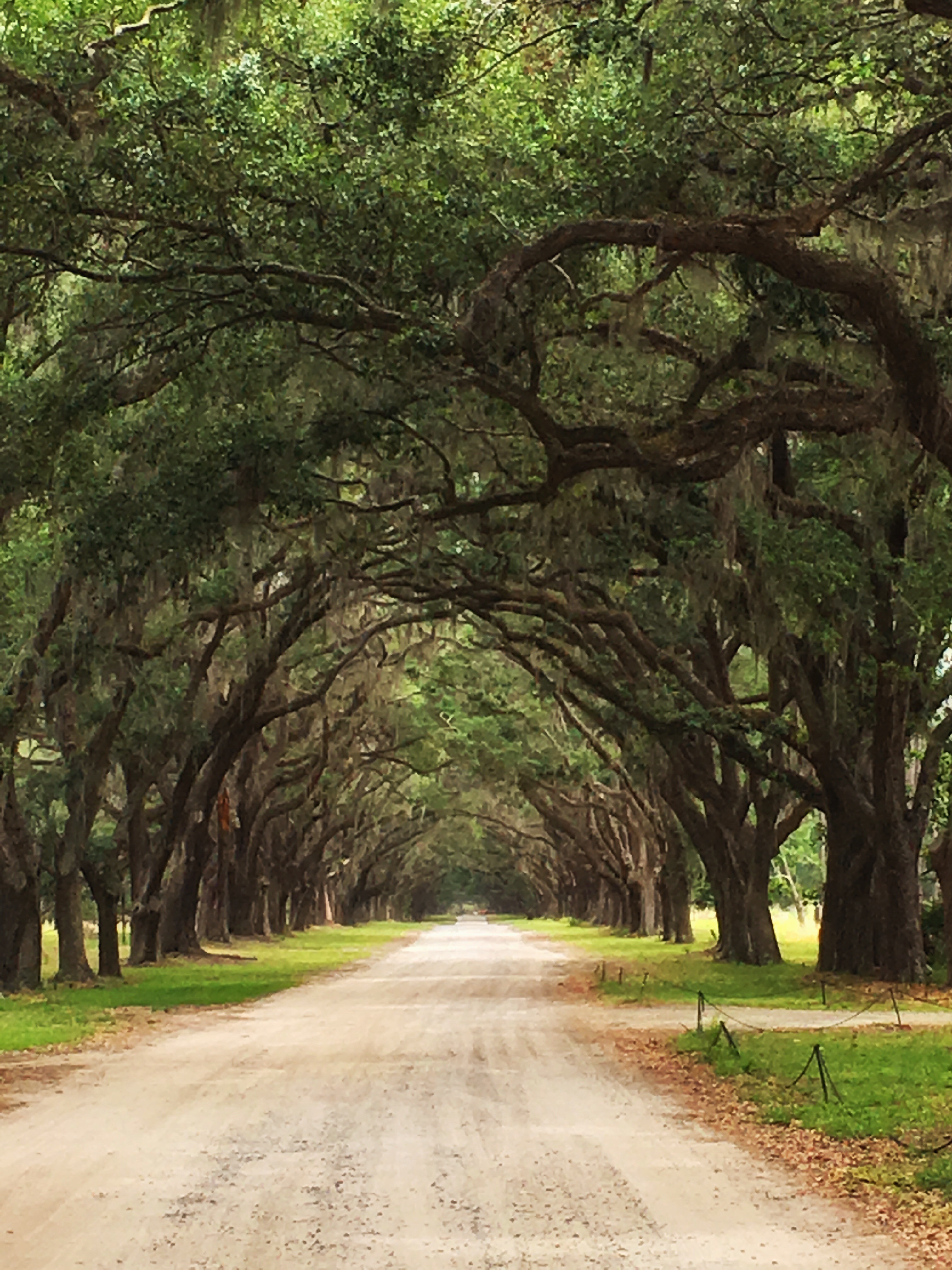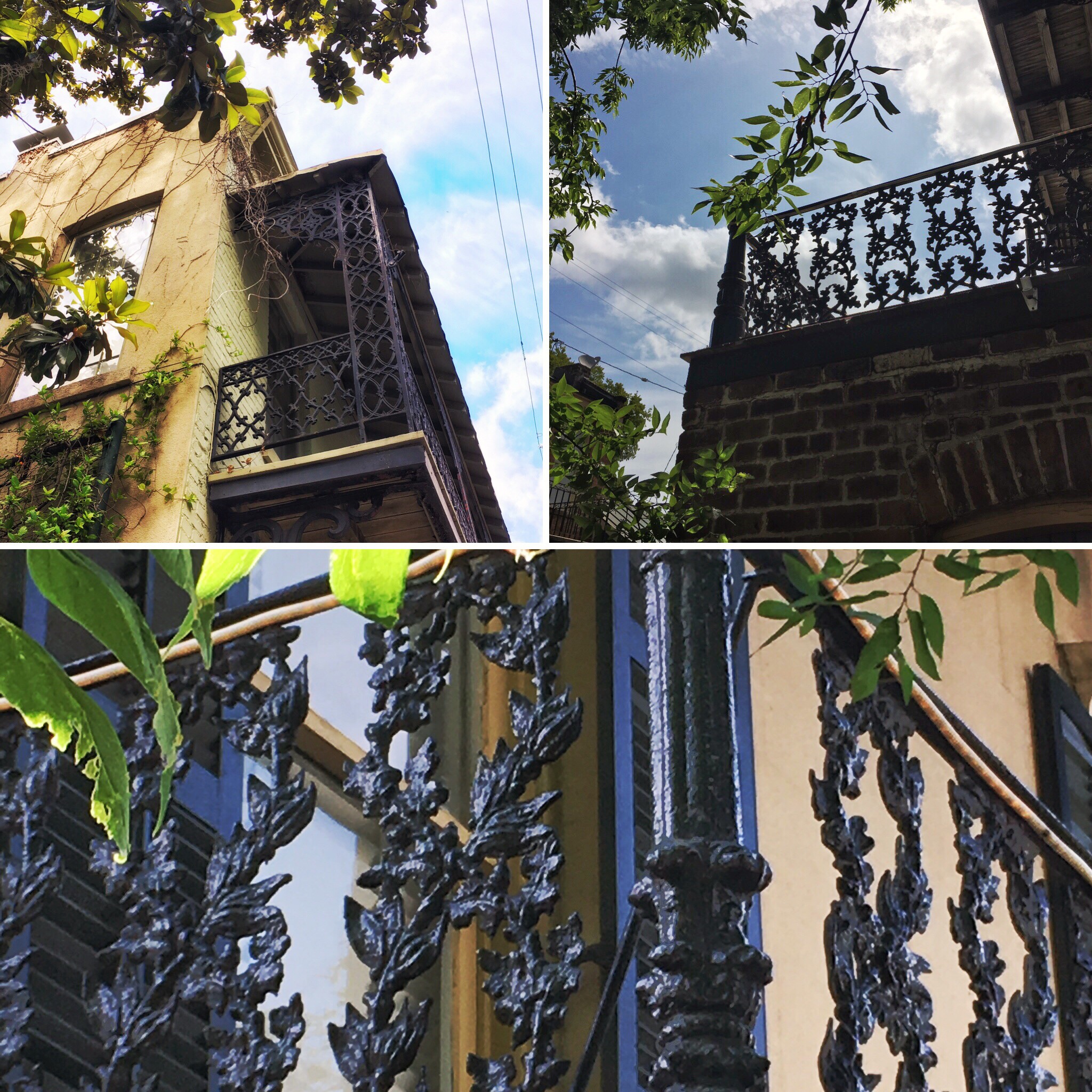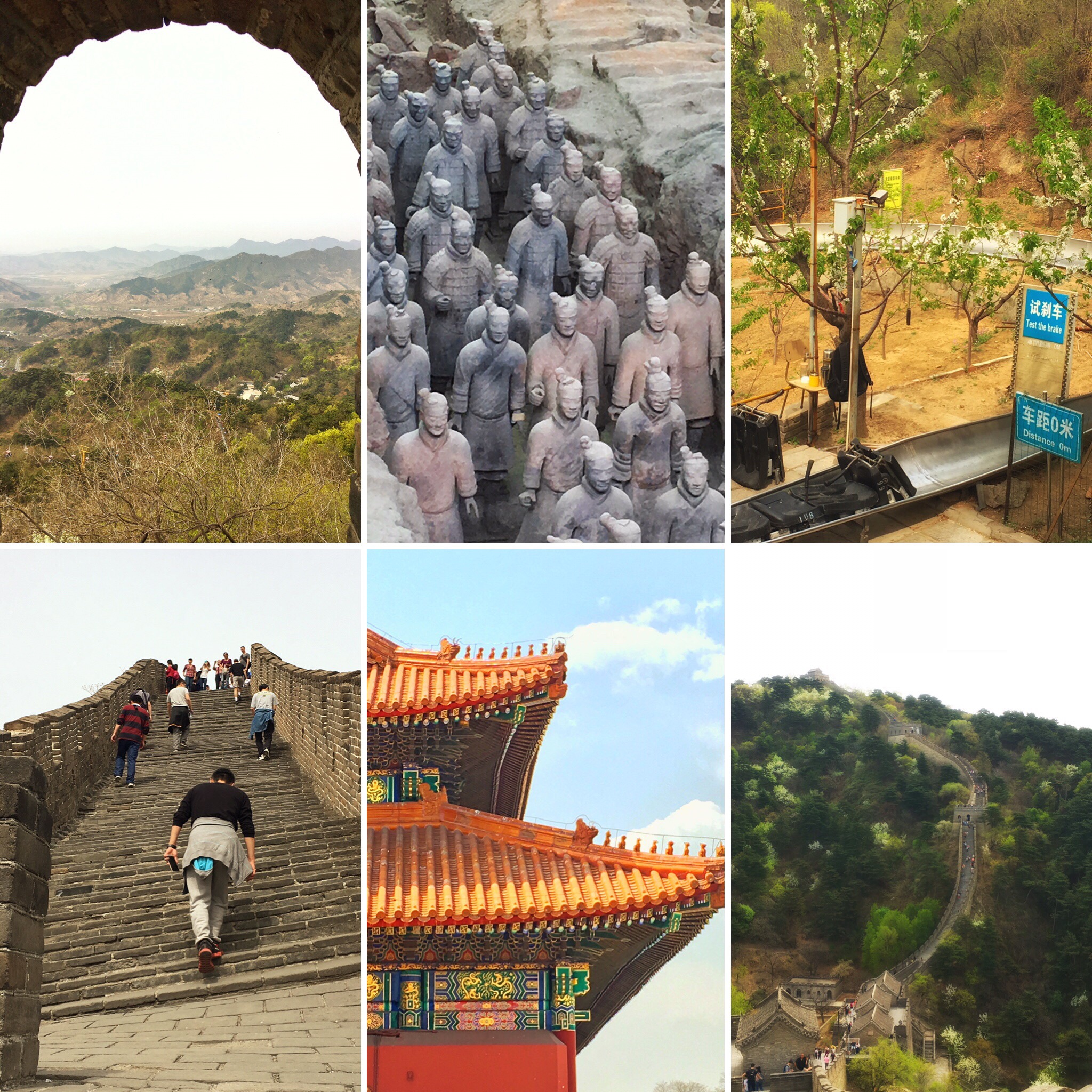If it weren’t for trying to blanch me with its 38C/100F humidex and arctic-conditioned restaurants, Savannah could be Utopia. It was founded that way, in fact — the brainchild of a British general who brought 39 families over in 1733 as a grand experiment. The rules were simple: no slavery, no hard liquor and no lawyers. It lasted 22 years.
Savannah today is one of those cities where you can’t help blurting, “This is so beautiful” every few blocks. It’s only two hours by air from Toronto where I was working, so it made an enticing and easy long weekend escape.
The historic centre is a living checkerboard — every few blocks the streets open into wide grassy squares, tree-filled, draped with Spanish moss and centered around a monument or fountain. “Every few blocks” is literal: there are 22 mini-parks within an area just over 2 kms wide by 2 kms long.
Encircling the squares and lining every street in Historic Savannah are homes with intricate wrought iron balconies, black shutters and white verandahs. They are painted not in Easter-egg pastels, but a mix of brighter yellows, teals and blues, or muted greens, creams and greys. Like the fairy tale, homes of wooden siding sit beside others of red or brown brick.
Down by the river is an old warehouse and factory district with the lower level converted into shops and restaurants, touristy but in a cheerful, boardwalk way. Cobblestones slant away from the river up to a retaining wall, with steep, stone staircases liberally marked “use at your own risk” that rise to street level. On the street side of these five-storey buildings, catwalks lead directly into the third storey and overlook arched storerooms where imaginary pirates store rum or other contraband.
In addition to the squares, architecture and river walk, there is more to see in Savannah, including the Wormsloe Plantation with its lush live oak trees that meet in a canopy over the wide, mile-long boulevard. And the Bonaventure Cemetery, famous for the Bird Girl statue used on the cover of Midnight in the Garden of Good and Evil, although that was removed to a museum when people insisted on breaking off pieces of its marble base as souvenirs. The same museum houses the iconic bench on which Forrest Gump sat with his box of chocolates, a movie prop that made Chippewa Square more famous than its 21 siblings. Savannah-shot movies and TV shows are incidentally are a big conversation topic with equal pride shown in Underground, Forrest Gump, SpongeBob SquarePants 2.
The only thing that dismayed me, in my first visit to the American South, was the lack of any real acknowledgment of slavery on the tours we took. Guides rarely referred to it other than with the euphemistic phrase, “and then the plantations flourished.” As in, “the trustees gave up on the utopic ideal, and then the cotton plantations flourished.” Or “Noble Jones didn’t believe in slavery, until the laws changed, and then his plantation flourished.” There are, however, countless “Haunted Savannah” and “Ghosts and Graves” tours, including one that takes place by hearse and one that becomes a pub crawl.
The proliferation of ghost tours speaks to the widespread (at least for tourism’s sake) belief the city is haunted, not by slavery, but by the thousands of people who died of yellow fever and then apparently got paved over to make the beautiful squares. I had hope for a final tour of a beautiful 1820 red brick house, especially when the guide used the term “enslaved people” rather than “slave.” She described where they lived and their role both at the house and in the family business, but lost me when she referred to the white owners as their “sponsors” and “guardians.”
But the fault is certainly in part mine, by what I chose to tour and by not researching more of the other side of the South while I was there. I was distracted with finding the next great seafood restaurant to try, and imagining an alternate genteel life of swinging on my front porch and soaking in the peaceful squares and dreaming of outside air conditioning. I’ll have to go back. In winter.






